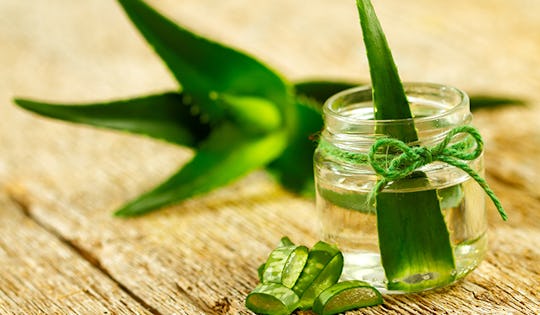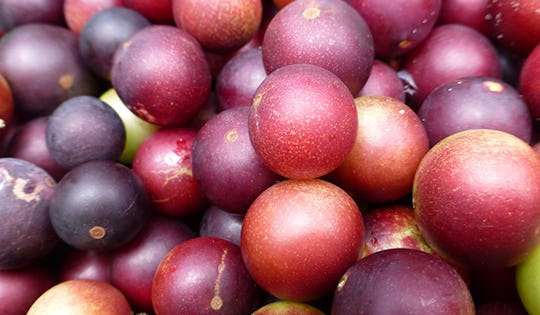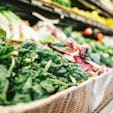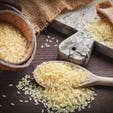So-called “health foods” are nutritional powerhouses that help build bones, prevent chronic diseases, improve your eyesight, and even keep your mind sharp. But did you know these foods can also help you recover from your workouts, build lean mass, and burn fat? Here are 3 health foods that will help with workout recovery that you aren’t eating but should be.
Health Food #1: Aloe Vera
One of my favorite health foods for recovering your muscles from workouts, as well as increasing joint and tendon integrity is Aloe Vera. Most people know about Aloe Vera through gels for recovering from sunburns as opposed to eating for workout recovery.
Aloe Vera should be used for more than just helping to heal your sunburn. It is an incredible food that helps to heal your internal structure. Aloe Vera has a rich source of poly saccharides, which are long chain sugars that have a plethora of medicinal effects. It is very bitter, so you really got to dress it up. I like to throw it in a smoothie with some hemp force and other goodies.
Health Food #2: Camu-Camu Berry
Camu-Camu Berry is an Amazonian super food and it is the highest source of botanical Vitamin C on the planet. Getting your vitamins from a botanical source as opposed to a synthetic source is always beneficial. Camu-Camu berry is extremely tart, but is found in Onnit’s Earth Grown Nutrients formula.
Everyone knows that Vitamin C is very important, but when combined with sulphur, Vitamin C performs biological transmutation. Together they become tissues, ligaments, tendons, etc. which can help to heal your body very quickly. The key is not to have it right after your workout. The Camu-Camu Berry can blunt your hormonic stress, which is a good stress that can help your body heal from exercise and come back better.
Health Food #3: Hemp Protein
Everyone knows you need protein to recover. It is the building block of the human body. What a lot of people do not realize, is that your body needs bio-available protein. Bio-available protein is a protein that your body can assimilate.
One example of a poorly assimilated protein is soy protein. Soy protein comes from a legume. Legumes contain some compounds that your body can not assimilate. Hemp Protein, on the other hand, contains Edestin. Edestin is the most bioavailable protein structure for the human body. Hemp Protein is highly digestible and water soluble, which makes it mix well with liquids and leaves you satiated.





)





